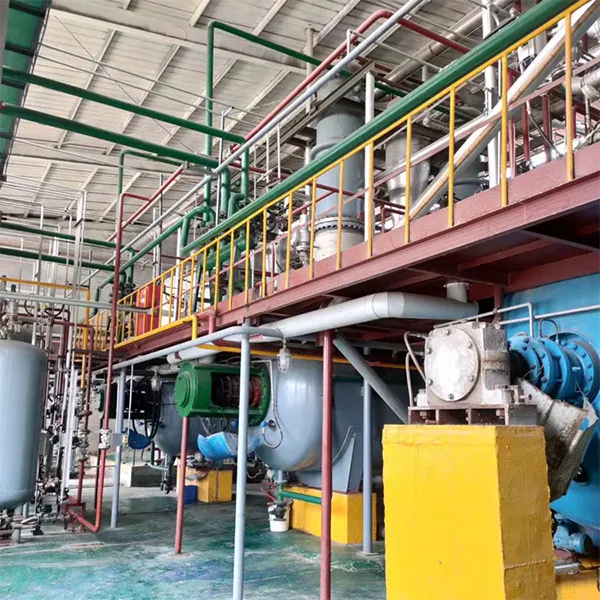Understanding Chemical Detergents Composition, Uses, and Environmental Impact
Chemical detergents are ubiquitous in modern life, acting as essential cleaning agents in households, industries, and commercial establishments. From laundry detergents to dishwashing liquids, these products form a crucial part of our daily routines. This article explores the composition of chemical detergents, their various applications, and the environmental impacts associated with their use.
Composition of Chemical Detergents
Chemical detergents are primarily composed of surfactants, which are substances that reduce the surface tension of water, making it easier to spread and penetrate surfaces. Surfactants in detergents typically consist of a hydrophilic (water-attracting) head and a hydrophobic (water-repelling) tail. This dual nature allows surfactants to interact with both water and grease, effectively lifting dirt and stains away from surfaces.
In addition to surfactants, chemical detergents may contain a variety of other components, including
1. Builders These substances enhance the effectiveness of surfactants. Common builders include phosphates, sodium carbonate, and citrates, which soften water and help to neutralize hardness minerals.
2. Enzymes Many modern detergents incorporate enzymes that break down specific types of stains. Proteases, amylases, and lipases target proteins, starches, and fats, respectively, improving cleaning performance, particularly in laundry applications.
3. Fragrances and Colorants To improve the consumer experience, many detergents are scented or colored. While these additives do not contribute to cleaning efficacy, they play a significant role in consumer preference.
4. Preservatives and Stabilizers To ensure product longevity and stability, preservatives may be added to prevent microbial growth and degradation of active ingredients.
5. Solvents and Fillers Some detergents also contain solvents to dissolve ingredients and fillers that bulk up the product, affecting its viscosity and application form.
Applications of Chemical Detergents
chemical detergent

Chemical detergents find wide-ranging applications across various settings
1. Household Cleaning Detergents for laundry, dishes, countertops, and more help maintain hygiene and cleanliness in home settings.
2. Industrial Cleaning In industrial environments, specialized detergents are formulated to address heavy-duty cleaning needs, effectively removing grease, oil, and other persistent residues from machinery and surfaces.
3. Institutional Uses Facilities such as hospitals and schools utilize chemical detergents to uphold strict hygiene standards, ensuring safe environments for occupants.
4. Personal Care Products Surfactants derived from detergents are also common in personal care items like shampoos and body washes, aiding in the removal of oils and dirt from the skin and hair.
Environmental Impact
Despite their usefulness, the widespread use of chemical detergents raises environmental concerns. Many traditional detergents contain phosphates, which contribute to water pollution when they enter aquatic ecosystems. Phosphates promote algal blooms, which deplete oxygen in water and can lead to dead zones, negatively impacting aquatic life. Consequently, numerous regions have implemented regulations to limit phosphate content in detergents.
Additionally, some synthetic surfactants can be toxic to aquatic organisms and may persist in the environment, causing long-term ecological harm. As consumer awareness of these issues increases, manufacturers are developing biodegradable and eco-friendly alternatives that minimize environmental impact.
Conclusion
Chemical detergents are indispensable in our daily lives, providing efficient cleaning solutions across various applications. Understanding their composition, uses, and environmental implications is vital for informed consumer choices. As the push for sustainability continues to grow, the industry is likely to evolve, focusing on greener alternatives that do not compromise cleaning effectiveness while protecting our planet. Adopting eco-friendlier products can help mitigate the adverse effects associated with traditional chemical detergents, contributing to a cleaner, healthier environment for future generations.




